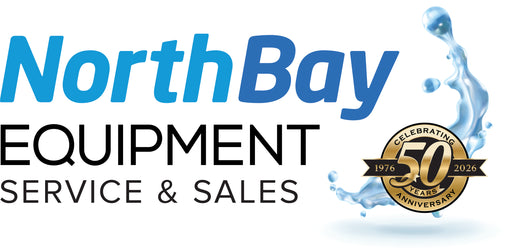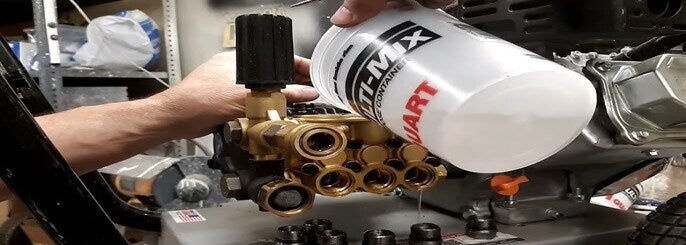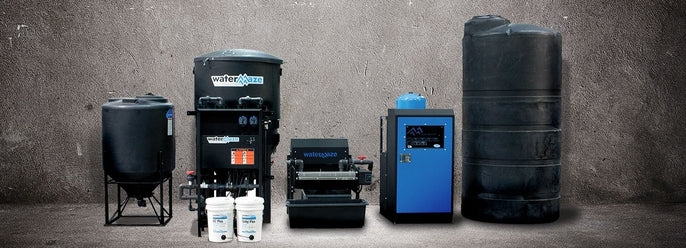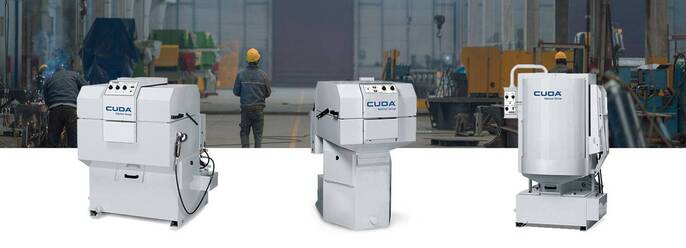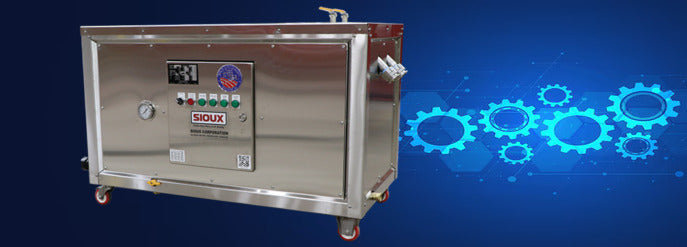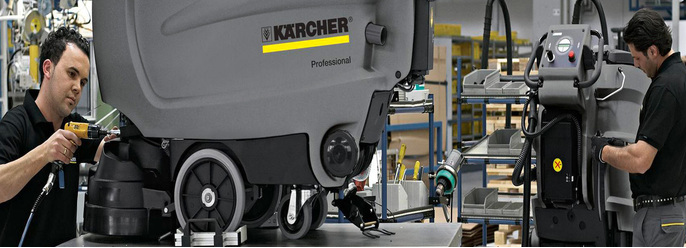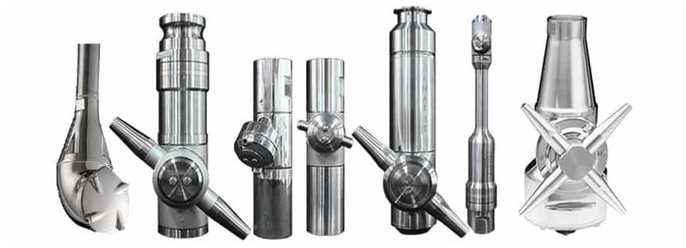
Yes, you should use steam to sanitize and maintain wine barrels, as it effectively kills harmful microbes, removes unwanted wine residue and tartrates, rehydrates the wood, and can extend the barrel's lifespan. Using a dry steam system is a sustainable and efficient method for cleaning and sterilizing barrels without harsh chemicals, but ensure the steam is at a low-pressure setting appropriate for wooden barrels to avoid damage.
Why steam is beneficial for wine barrels:
Sanitation and Sterilization:
The high temperature of the steam (212°F/100°C) effectively kills bacteria, yeasts, and fungi that can spoil wine, such as Brettanomyces.
Removal of Residue:
Steam penetrates the wood's pores, breaking down and removing old wine, tartrate crystals, and other deposits that can affect flavor.
Barrel Rehydration and Expansion:
Steam helps the wood staves expand slightly, which is crucial for preventing leaks in the barrels when they are filled.
Extended Barrel Life:
By thoroughly cleaning and sanitizing the barrels, you can prolong their useful life and ensure they remain suitable for aging wine.
Sustainability:
Steam cleaning uses a significantly smaller amount of water compared to traditional cleaning methods and avoids the use of harsh chemicals, making it a more environmentally friendly choice.
Important considerations:
Dry vs. Wet Steam:
Use a dry steam system for efficient cleaning that penetrates the wood quickly.
Pressure Settings:
Employ a low-pressure steam setting (around 1.3 bar/19 psi) to prevent damage to the wooden barrel.
Technique:
After steaming, allow the barrel to sit for a few minutes, then spin it and dump the rinsate to remove the loosened contaminants.
Safety:
Be cautious of the high temperatures when operating steam equipment and handling the barrels.
Alternatives:
While steam is highly effective, some winemakers still use ozone or other cleaning solutions, so the best method may depend on your winery's size and resources.
